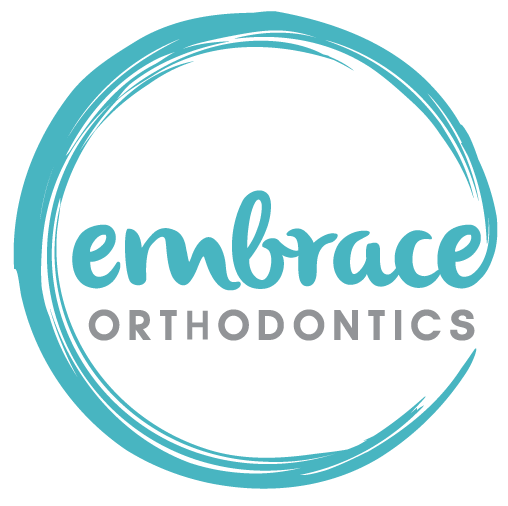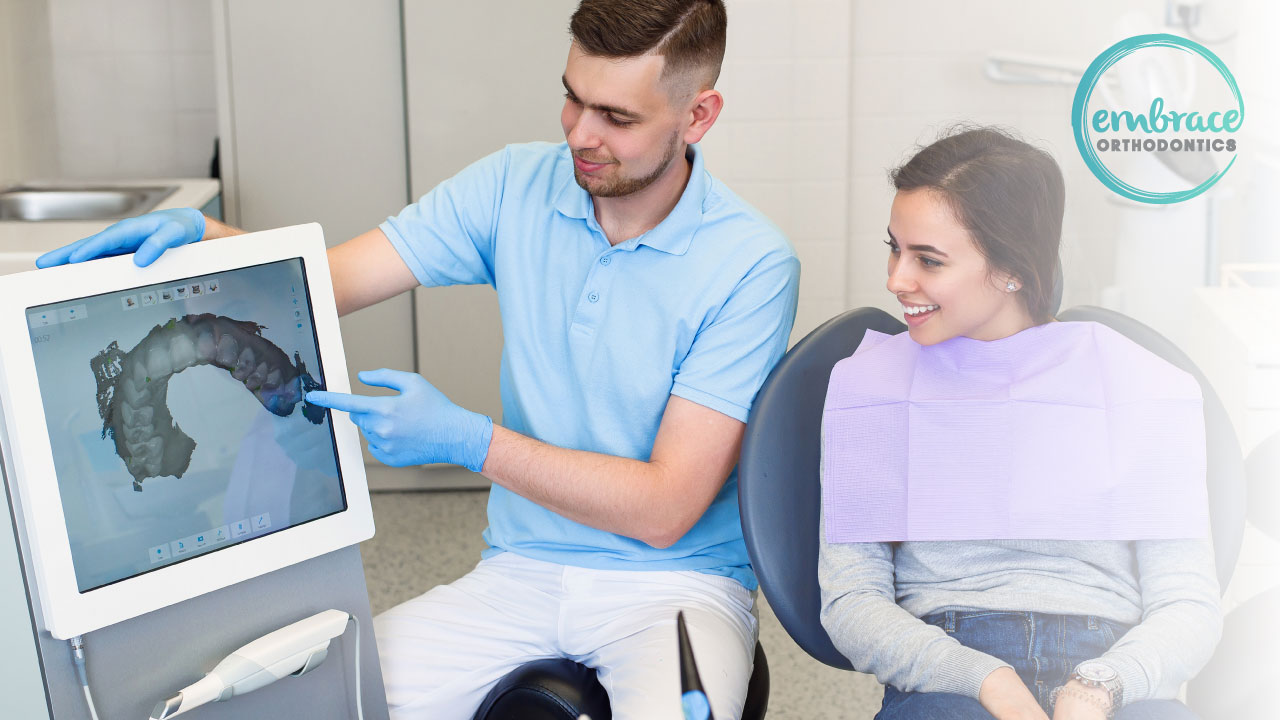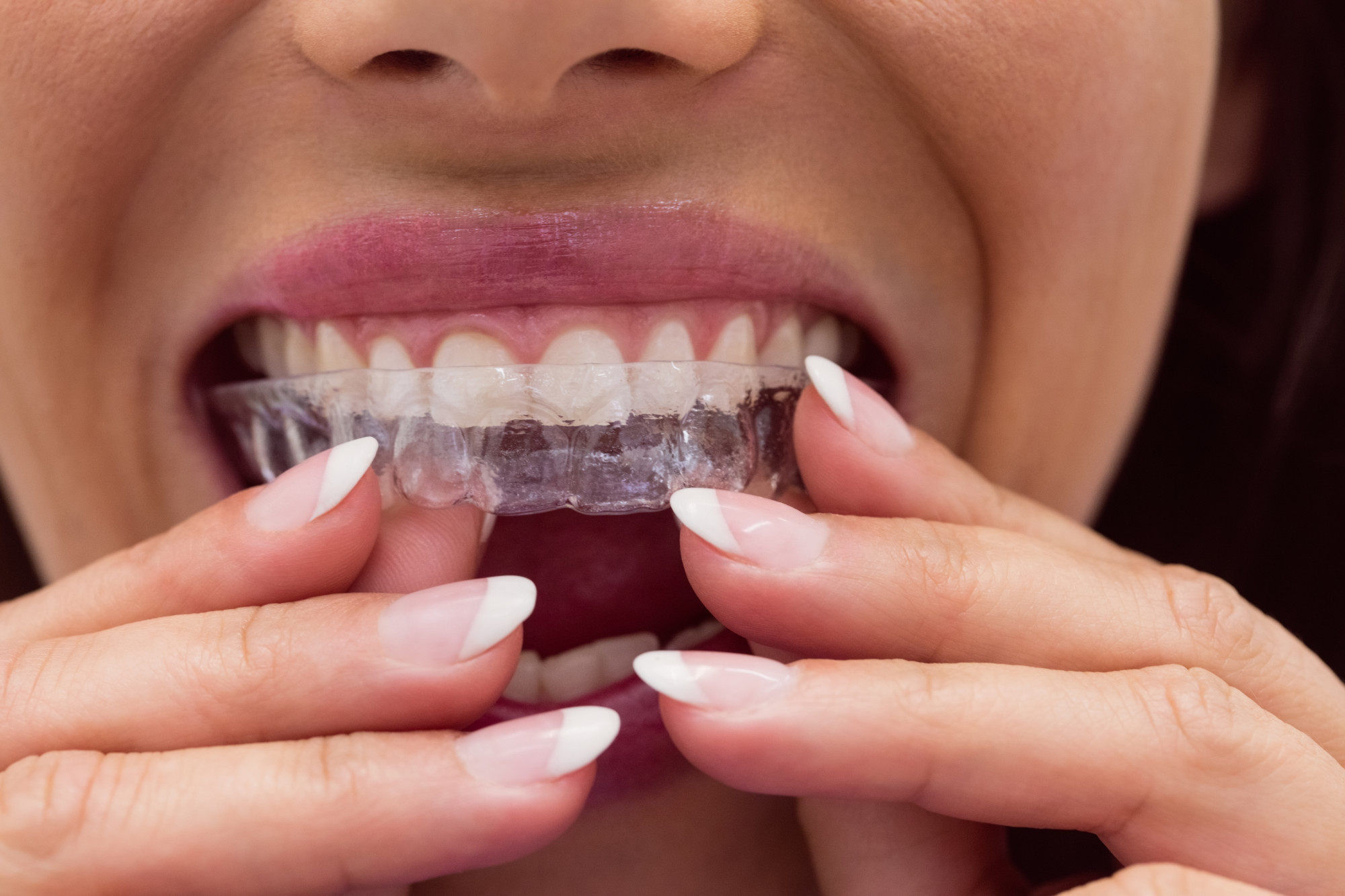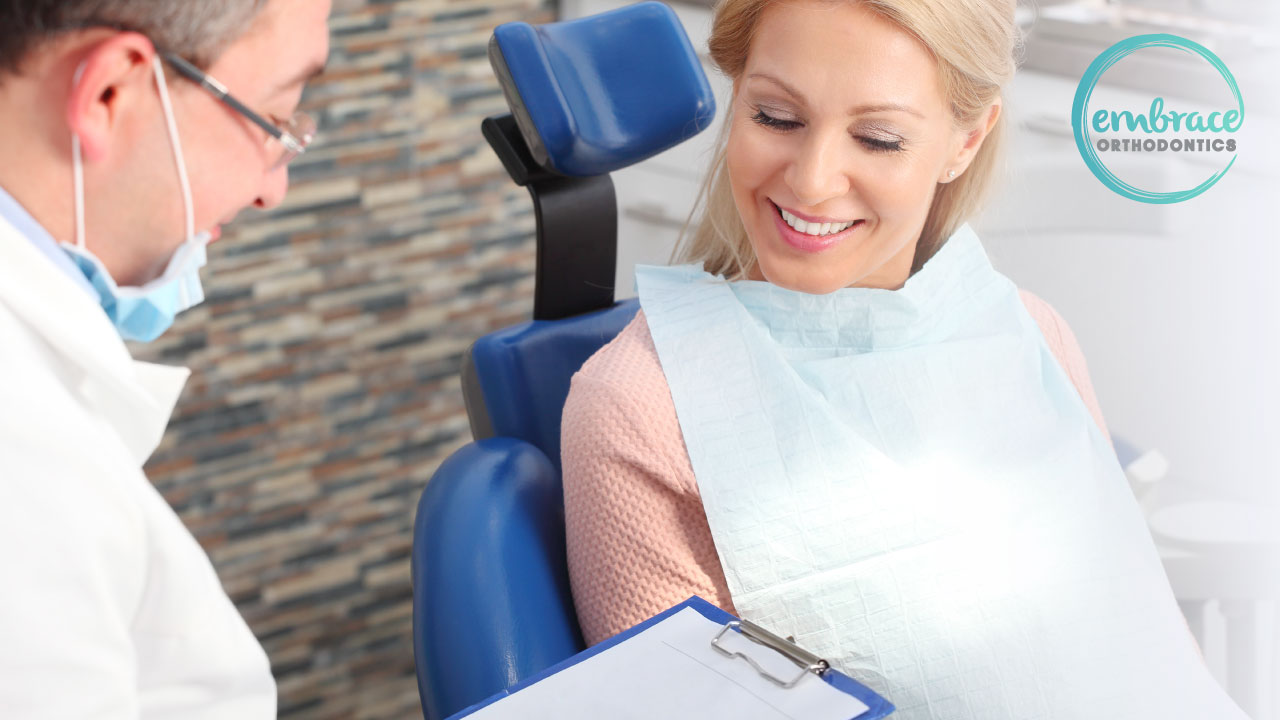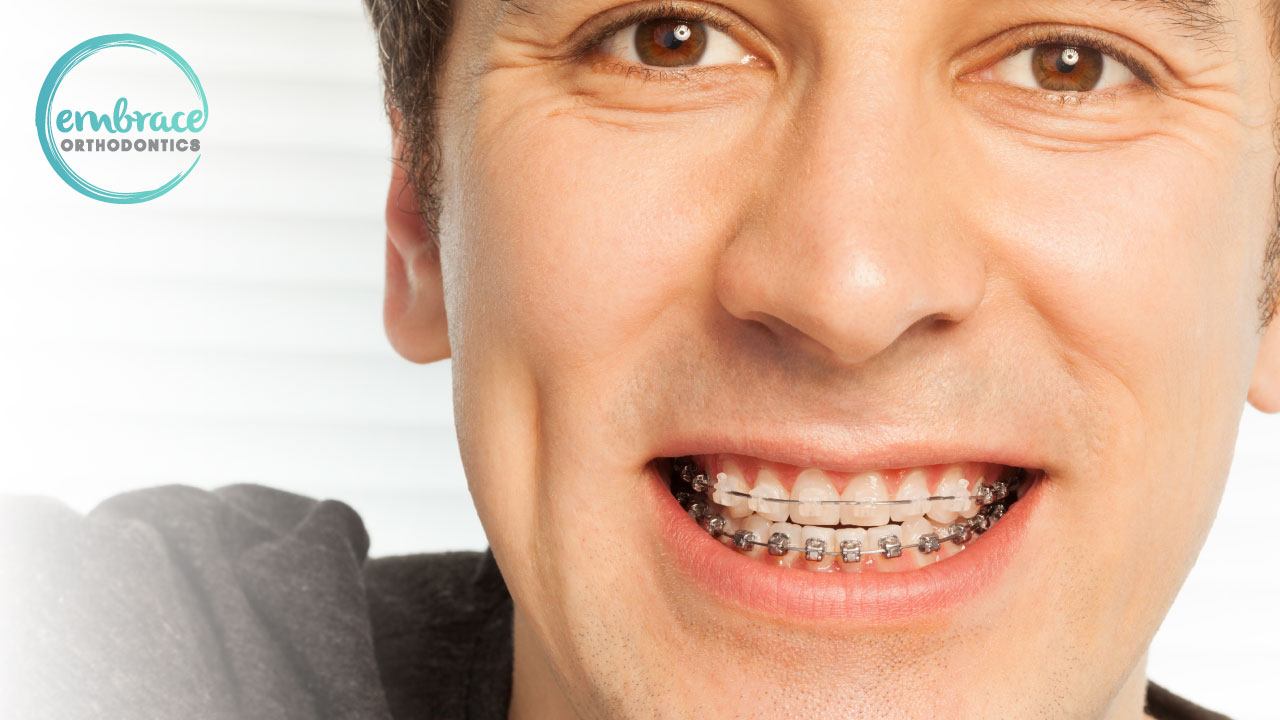How does an Orthodontic treatment get to be so personal? The elaboration of a dental mold is one of the first steps to follow when carrying out professional orthodontic treatment. The mold allows the measurement of the patient’s teeth to make splints or prostheses. Currently, we can leverage a digital scan of teeth and enjoy the advantages of digital impressions.
There are several ways to make dental molds, and modern dental medicine innovates new techniques every day. Therefore, there is no surprise that alginate or silicone molds are slowly becoming a thing of the past.
There are lots and lots to say about orthodontic treatment. For instance, jaw misplacements and teeth misalignments, believe it or not, significantly impact a patient’s overall health condition. Digestion and sleeping problems, headaches, jaw aches, tooth soring, chips, loss of a tooth, complex teeth problems, and gum infections are all part of the symptoms and conditions solved in part or in full with orthodontic treatment.
Orthodontic solutions are also esthetic. We generally associate orthodontics with beauty and society’s approval.
Everybody can have a beautiful smile with the help of a customized orthodontic plan. Yes, we have said customized. The design of orthodontic treatment has an individual in mind. But how did we get there? This article discusses the design of customized orthodontic treatment using new and fascinating technology developments, such as 3D scans.
How Do We Take a Digital Scan of Teeth?
3D scanning provides us with a digital map of a patient’s teeth. Furthermore, a digital model is a virtual recreation of the mouth structure in its whole dimension. A patient can see the entire mouth structure on a screen, including the jaw, teeth, and soft tissue. These modeling procedures are revolutionizing orthodontics., while molds are slowly becoming obsolete.
Special computer software processes digital models that allow orthodontists and laboratory technicians to enhance different perspectives, rotate and move images, and model expected results. The method includes taking multiple laser photographs condensed in a single 3D modeled image. The process includes:
Patient Preparation
An image specialist clears fluids like saliva before covering the teeth with a special powder. Some 3D image devices do not require using that powder and are radiation-free, making them safe for pregnant women.
Image Capturing
A unique wand (intraoral) goes into a patient’s mouth and moves around to capture images of diverse areas emphasizing, depending on the case, multiple affected areas.
Software Processing
Image processing is immediate with software that collects, organizes, and stitches all small images to create a full spectrum dynamic manipulable 3D structure of the mouth.
Technical Analysis and Device Production
Images follow protocols accepted by technicians. After an orthodontist approves the accuracy of an image, they send a digital file to a technical lab for device production.
What Are the Benefits of Digital Impressions?
Rapidness & Readiness
Results are almost immediate. Special software quickly interprets data to depict a full-range mouth map.
Accuracy
The digital image recreates hard and soft tissue imperfections and shapes, differentiating components that can be enlarged, colored, and functionally revised.
Comfort
When compared with traditional methods, one of the most relevant factors is that 3D imaging is less intrusive, cleaner, and more comfortable for patients. In addition, the time needed to take a patient’s image is shorter than conventional methods.
Digital Impressions vs. Traditional Impressions
There are numerous advantages of 3D digital scanning compared to traditional messy putty and resin molds. Here we bring some of the most conspicuous details about its favorability.
Up to Date With Technology and Communications
A 3D digital model can be delivered online to all incumbents enhancing greater control and access to information. Also, work is more efficient. Traditional molds take more time to be delivered. However, the printing of 3D digital images is also possible if needed, replacing the conventional tray and putty method.
Real-Time Analysis
Orthodontists can share the image with other area specialists such as lab technicians or other professionals like a periodontist. Professionals can work together on a real-time basis to recreate and analyze different angles and potential problems not previously seen and work a feasible customized solution for a patient. Traditional modeling requires specialists’ coordination to analyze a model.
Remake Optimization
The possibility of error and the eventual remake reduces by 3% between digital imaging vs. conventional mold production when comparing both methods.
Improved Experience
From a patient’s perspective, digital scans are more comfortable than using messy putty and trays that exert pressure over the denture and are sometimes hard to remove. In addition, digital impressions are more accurate. There is a lesser to no possibility of information loss as images can be enhanced hundreds of times to devise abnormalities or perfect trimming. On the other hand, this analysis and observations are harder to do on a clay model.
Itero 3D Scan Invisalign
iTero Intraoral Scanners are a patented product intended to work with Invisalign clear aligner trays systems. Invisalign is an orthodontic system with numerous patents on technology developments. The orthodontics appliances consist of a set of removable clear trays customized for each patient to treat misaligned teeth. The production of trays requires detailed information as they fit the denture perfectly and comfortably. All of the digital scanning benefits mentioned are present on iTero Scanners, with the addition of enhanced accuracy and preciseness. Also, iTero does not require using any additional powders and is radiation-free, making it safe for pregnant women.
